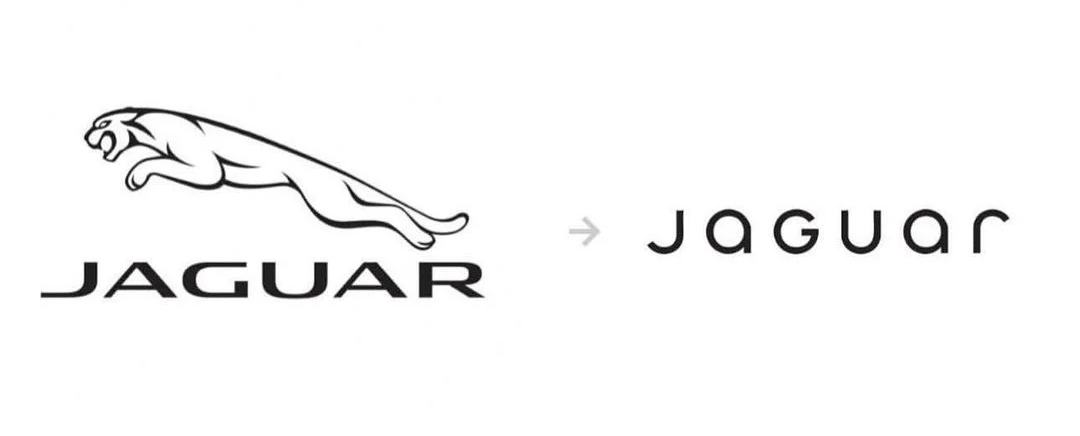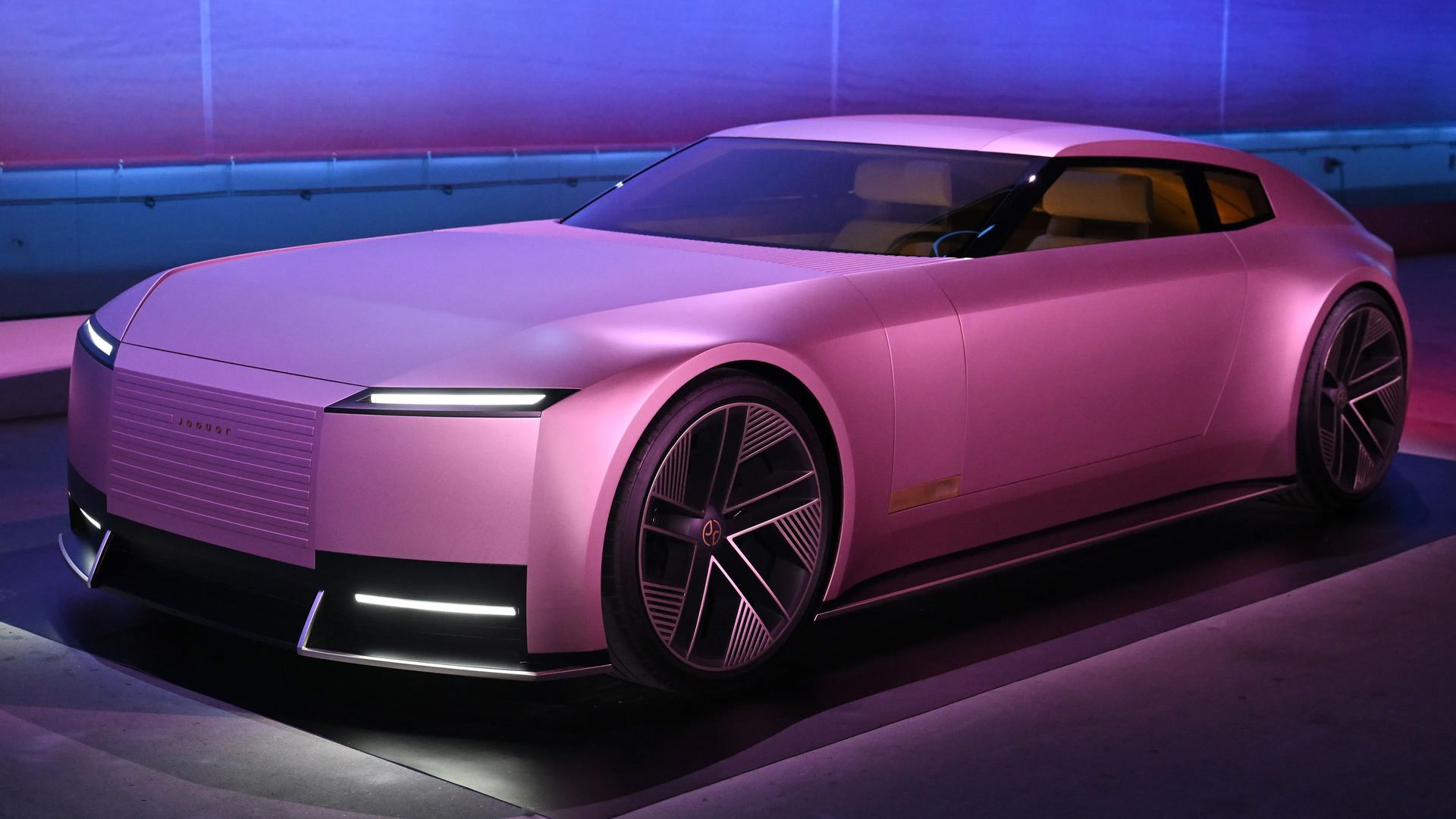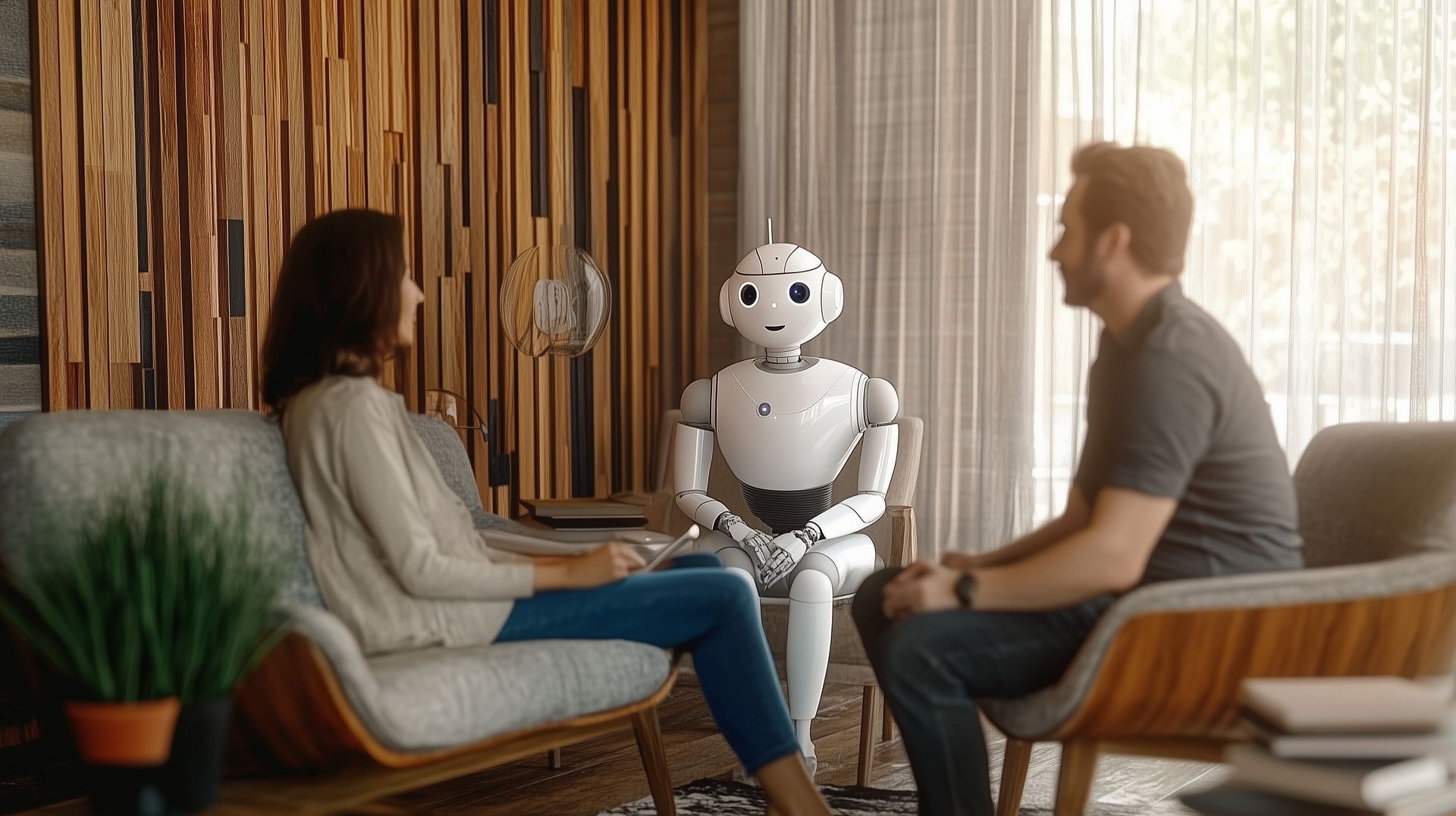From Legacy to Luxury EV: Why Jaguar’s Rebrand Misses the Mark on Storytelling
Jaguar’s recent rebrand has stirred up quite a debate among branding experts, car enthusiasts, and anyone paying attention to the automotive industry. It’s not every day that a legacy brand with nearly a century of heritage makes such a dramatic pivot. And dramatic is the right word for what Jaguar has done: the brand has chosen to shift entirely toward an electric future, leaving behind not only its combustion engines but also its loyal (and dwindling) audience. On the surface, this move is bold, visionary, and forward-looking. But the execution of the rebrand, in my view, misses a critical mark.
Jaguar’s Vision for an Electric Future
Let’s start by acknowledging what Jaguar is attempting to do. The company’s decision to go all-electric by 2025 is nothing short of monumental. It’s a declaration of intent that says Jaguar is not just keeping pace with the automotive world; it’s trying to leap ahead. They’re signaling a desire to align with a younger, eco-conscious, tech-savvy audience — the type of consumer who is likely weighing a Tesla Model S, a Porsche Taycan, or even an Audi e-tron. This is a smart business strategy. The luxury EV market is growing, and Jaguar, frankly, needs new vision in order to survive.
The Missing Element: Storytelling
However, a rebrand isn’t just about business strategy. It’s about storytelling — a narrative that connects the brand’s new direction with its audience in a meaningful way. And this is where Jaguar’s rebrand falters. In their visual identity, their marketing campaigns, and their broader messaging, Jaguar seems to have forgotten one of the cardinal rules of branding: you must explain the “why.”

A Yawning Chasm Between Legacy and Future
From the new minimalist logo to the stripped-down campaigns, Jaguar’s rebrand feels clinical and detached. The iconic leaping cat, once brimming with vitality and power, has been pared down to something that looks more like it belongs on a trendy gelato popsicle franchise than on the bonnet of a luxury car. The typography and visual language lean into the “future-forward” aesthetic, but they’ve left behind the emotional resonance that made Jaguar a beloved brand in the first place. It’s as if Jaguar is trying to erase its past in order to embrace its future — a choice that alienates loyalists without fully capturing the hearts of the new audience they’re courting.
The Opportunity Jaguar Missed
And here’s what I think is really missing: nowhere in this rebrand is there an acknowledgment of why Jaguar is making this pivot. We all know that the automotive industry is under pressure to move toward electrification. Governments are setting stricter emissions standards, climate change is a pressing issue, and consumer attitudes are shifting. But Jaguar’s decision to go electric isn’t just about meeting regulations or staying competitive — it’s about redefining what the brand stands for in the 21st century. And yet, that story is so far absent from their campaigns.
What Could Have Been
At the risk of being pedantic, let’s imagine what could have been. Picture an ad campaign that starts with the roar of a classic Jaguar engine — the kind that makes your heart race and your palms sweat. The screen fades to black, and text appears: “The roar goes silent. For the planet. For the future. For you.” Cue visuals of sleek electric Jaguars gliding through cities and landscapes, accompanied by a narration that speaks to Jaguar’s heritage of innovation and its commitment to creating a sustainable future. This is the kind of messaging that ties the old and the new together — it acknowledges the brand’s legacy while making a compelling case for its future.
Jaguar could have used this rebrand to bring their existing customers along on the journey, even if they aren’t the target audience for the new electric vehicles. Imagine the goodwill they could have built by saying, “We’re proud of where we’ve been, and we’re excited about where we’re going.” Instead, the rebrand is a clean break with no homage to the very people who have kept the brand alive for decades.

The New Design: Sleek or Soulless?
Now, let’s talk about the design itself. Some have praised the new logo and visual identity as sleek and modern, while others have called it lifeless and uninspired. I’m somewhere in the middle. On its own, the minimalist design isn’t bad. It’s clean, it’s contemporary, and it’s clearly aimed at a younger, design-conscious audience. But when you consider it in the context of Jaguar’s history, it feels like something is missing. Jaguar has always been a brand that embodies elegance and power — a brand that knows how to make a statement. The new design, while polished, doesn’t make a statement. It whispers when it should roar. Of course this debate is nothing new, it's a topic we explore in detail in The Dichotomy of Design: Minimalism vs. Maximalism.
Losing a Distinct Identity
And this brings me to another critical point: the new identity doesn’t feel distinctly Jaguar. It could belong to any luxury brand — or even a tech company. When you strip away the context, there’s nothing in the new design that says, “This is Jaguar, and this is what we stand for.” In trying to appeal to a new audience, Jaguar has risked losing its own identity.
Strategic Brilliance, Executional Flaws
Too often, complete rebrands are polarizing, highlighting the importance of understanding the difference between a rebrand and a brand refresh. There are those who see Jaguar’s move as the bee’s knees — a necessary step to secure its place in the future. Forbes, for instance, has called the rebrand “absolute genius,” highlighting its alignment with the brand’s strategic pivot toward electrification. And I don’t entirely disagree. Strategically, this move makes sense. Jaguar needs to reinvent itself to survive, and a bold rebrand is part of that process. But strategy without storytelling is like a car without an engine — it doesn’t go anywhere.
Bringing Back the Roar
Jaguar’s rebrand is a fascinating case study in what happens when strategy and execution don’t fully align. The decision to go all-electric is bold and necessary, and the new visual identity is undoubtedly modern and forward-looking. But in their rush to embrace the future, Jaguar has missed an opportunity to tell a compelling story—a story that connects their past, present, and future in a way that resonates with both their existing customers and the new audience they hope to attract.
For a change as monumental as this, the “why” should have been front and center. Without it, the rebrand feels hollow — a sleek shell without the soul that made Jaguar iconic in the first place.
As someone who loves a good rebrand and appreciates the art of storytelling, I can’t help but feel that Jaguar could have done more. The automotive world is watching, and so are its customers. Here’s hoping that the next phase of Jaguar’s journey brings the roar back.
If your business is considering a rebrand and you want to ensure your story resonates with your audience while achieving your strategic goals, we’re here to help. Contact us today to start planning and implementing your own successful rebrand!




